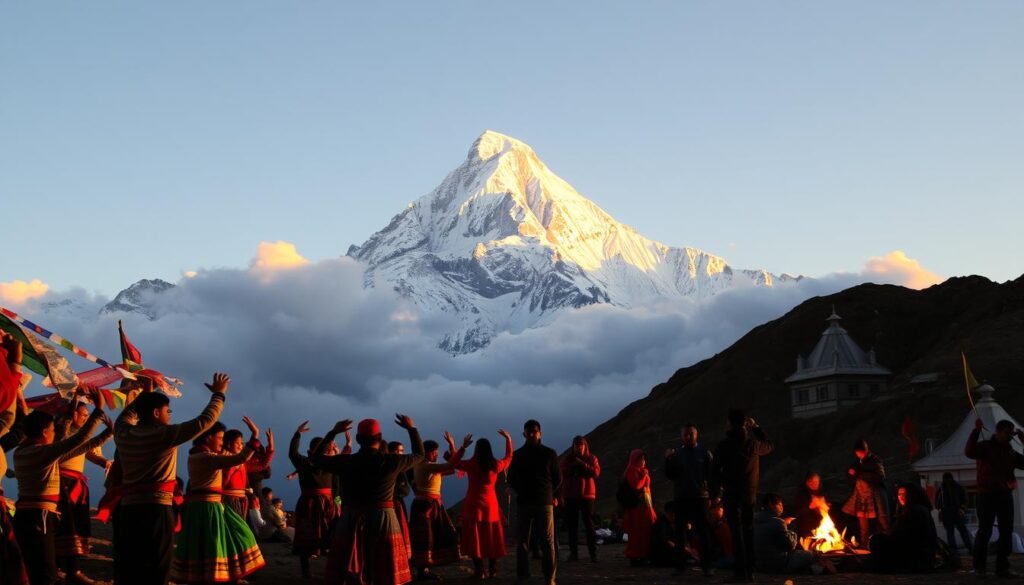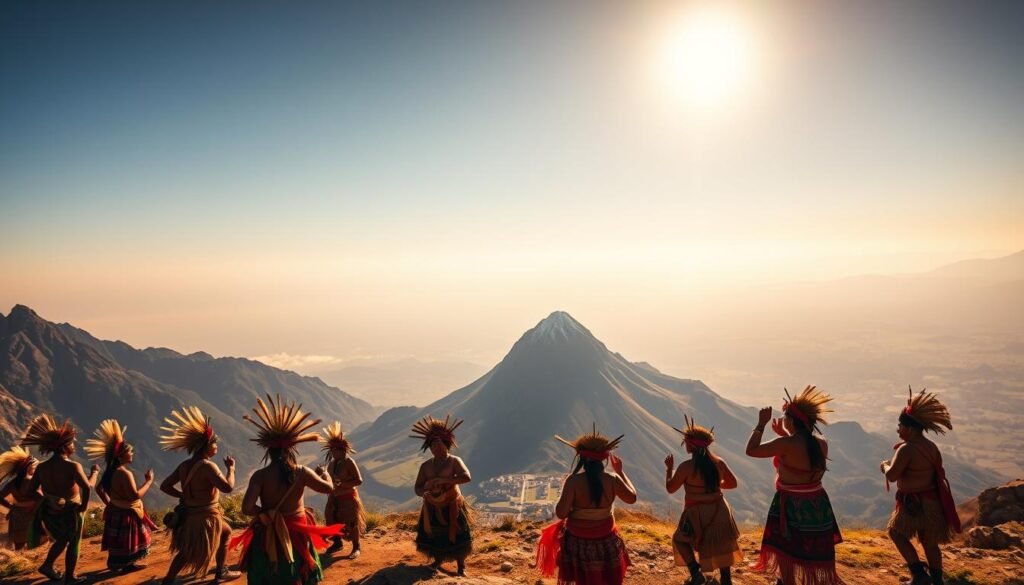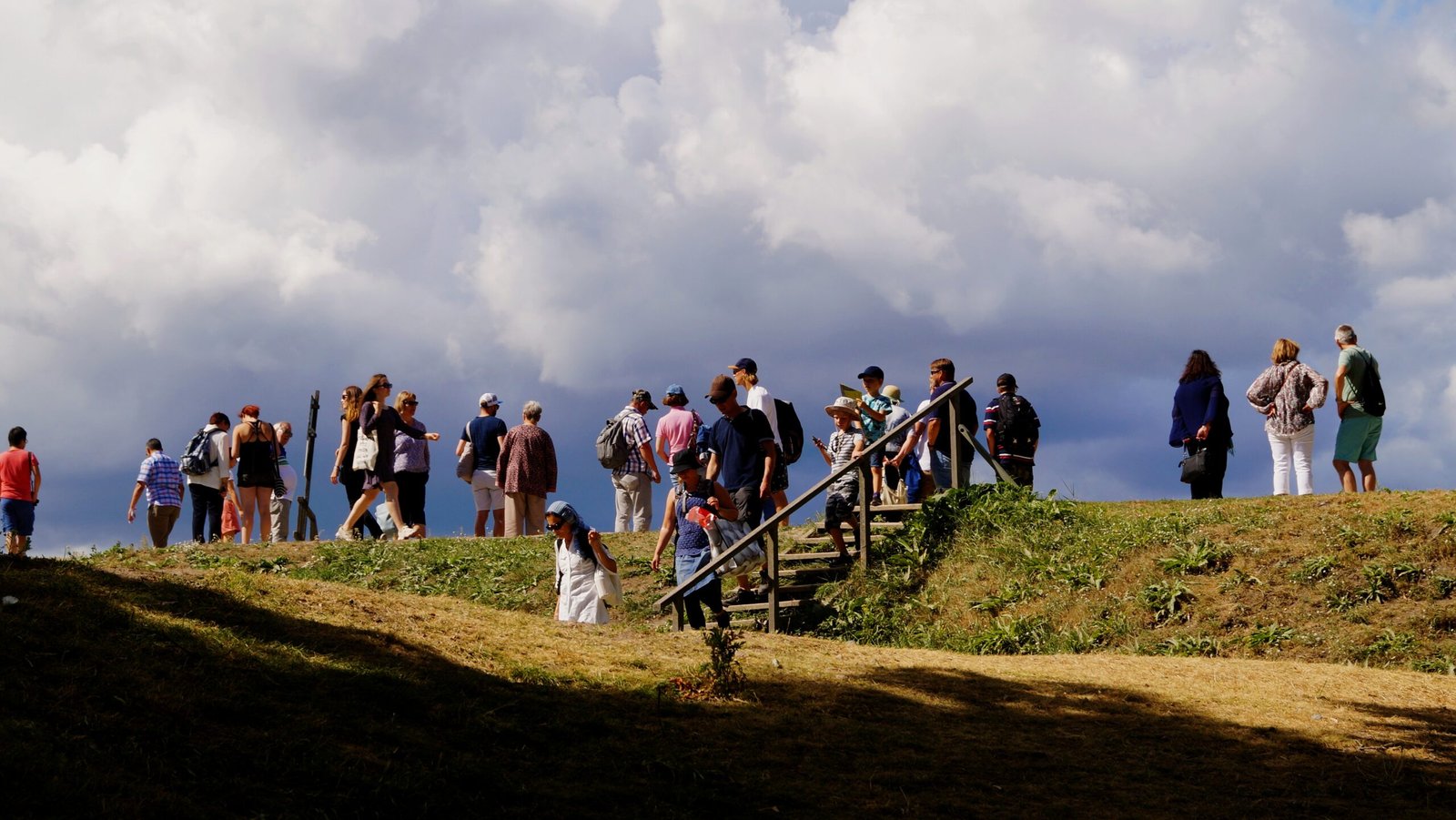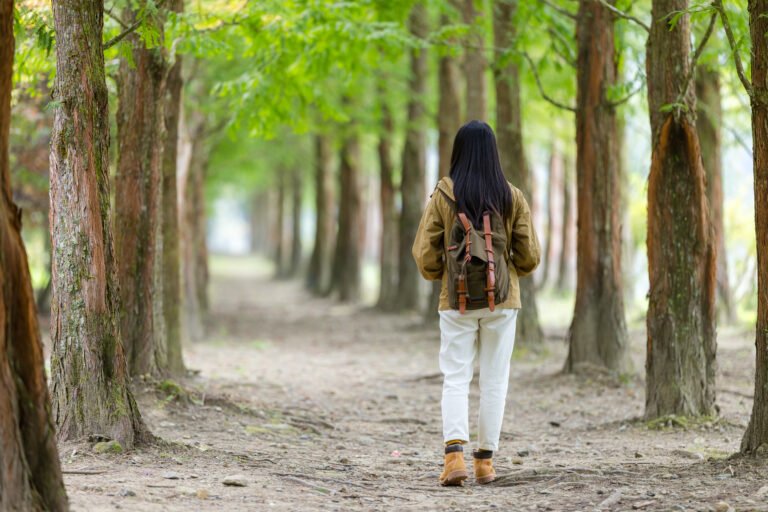Summit Celebrations Across Cultures: Reaching the Top is Marked Differently Worldwide
Discover how reaching the summit is celebrated differently around the world – from German hikers sharing schnapps to Nepali guides offering prayer flags.
Reaching the top is a significant achievement, marked differently by various cultures around the world. While some may share a drink, others may perform a ritual to commemorate their success. For instance, German hikers often share schnapps to celebrate their ascent, whereas Nepali guides offer prayer flags to mark their achievement. These diverse traditions highlight the importance of cross-cultural events and global festivities, including summit celebrations across cultures.

The significance of these achievements is not just about the climb; it’s about the cultural exchange programs and multicultural gatherings that bring people together. As we explore these international ceremonies, we gain insight into the unique practices that make each culture special.
The Significance of Summit Achievements Worldwide
Reaching the summit of a mountain is a milestone that resonates with people from different cultural backgrounds. The act of achieving a summit holds profound significance across various cultures worldwide, symbolizing not just a physical feat but also a psychological and emotional journey.
Physical and Psychological Milestones
Achieving a summit is often the culmination of rigorous preparation, physical endurance, and mental toughness. Climbers face numerous challenges, from harsh weather conditions to steep terrains, making the accomplishment a significant physical milestone. Moreover, the journey to the summit is as much a psychological challenge as it is physical, requiring climbers to push beyond their perceived limits.
Overcoming Challenges and Personal Growth
The journey to the summit is replete with challenges that foster personal growth. Climbers must navigate through difficult terrains, adapt to changing weather conditions, and overcome their own fears and doubts. This process of overcoming obstacles contributes significantly to personal development, as individuals discover new strengths and capabilities within themselves. Some key aspects of personal growth through summit achievements include:
- Building resilience and perseverance
- Developing a deeper connection with nature
- Cultivating a sense of accomplishment and pride
The significance of summit achievements is further underscored by the diverse ways in which cultures celebrate these milestones. From cross-cultural events to multicultural gatherings, the spirit of achievement is universally acknowledged and honored. In conclusion, summit achievements worldwide are significant not just as physical feats but as milestones of personal growth and cultural celebration. They represent the human spirit’s capacity to strive, endure, and ultimately triumph.
European Mountain Celebration Traditions
The Alps are home to a rich tapestry of cultural celebrations, particularly in Germany and Austria. These mountainous regions have a long history of unique cultural practices that are deeply intertwined with the challenging yet breathtaking Alpine environment.
Alpine Customs
German and Austrian Alpine customs are characterized by a strong sense of community and camaraderie. One of the most iconic practices is the sharing of schnapps upon reaching a summit. This tradition not only serves as a celebratory gesture but also as a way to warm up and bond among climbers.
Schnapps Sharing and Summit Logs
Schnapps sharing is a time-honored tradition where climbers gather to share a drink, often from a communal flask, as a symbol of solidarity and achievement. Additionally, many summits feature a logbook or a registry where climbers can record their ascent. These summit logs serve as a historical record of climbs and provide a personal touch to the achievement. The cultural significance of these practices lies in their ability to foster a sense of belonging among participants. Climbers from diverse backgrounds come together, united by their shared experience of conquering the mountain.
| Country | Tradition | Significance |
|---|---|---|
| Germany | Schnapps Sharing | Celebratory gesture and bonding among climbers |
| Austria | Summit Logs | Historical record of climbs and personal achievement |
| Both | Community Gatherings | Fosters a sense of belonging and camaraderie |
These European mountain celebration traditions highlight the importance of multicultural gatherings and cross-cultural festivals in enhancing the experience of reaching the summit. They demonstrate how different cultures come together to celebrate achievements in a spirit of unity and shared joy.
Asian Highland Celebration Customs
In the Asian highlands, reaching the summit is often marked with unique cultural and spiritual rituals. These customs are deeply rooted in the local culture and are an integral part of the mountaineering experience.
Himalayan Summit Rituals
The Himalayan region is home to numerous ethnic groups, each with their own distinct traditions. For instance, the Sherpa people of Nepal have a rich cultural heritage that influences their approach to summit celebrations. Multicultural gatherings are common, where climbers and locals come together to celebrate the achievement.
Nepali Prayer Flag Offerings and Ceremonies
In Nepal, prayer flags are an essential part of summit rituals. Climbers tie these flags to rocks and poles, believing that the prayers written on them will be carried by the wind to bring good fortune. As one climber noted,
“The prayer flags are a symbol of our respect for the mountain and its power.”
This practice is a beautiful example ofcross-cultural festivalswhere different communities come together to celebrate their achievements. These global festivities are not just about celebrating a personal achievement but also about respecting the cultural and spiritual significance of the mountains. The Himalayan summit rituals are a testament to the region’s rich cultural diversity and the importance of preserving these traditions. The cultural summits in the Asian highlands are a unique blend of traditional practices and modern mountaineering culture. As we explore these customs, we gain a deeper understanding of the significance of these celebrations in the context of cultural summits and multicultural gatherings.
African Peak Traditions and Ceremonies
In Africa, the traditions surrounding mountain peaks are as varied as the landscapes themselves. The continent’s diverse cultures have developed unique ceremonies to celebrate the achievement of reaching the summit, often blending spiritual practices with environmental stewardship.
East African Mountain Practices
East Africa is home to some of the continent’s most iconic mountains, including Mount Kilimanjaro and Mount Kenya. The local communities surrounding these peaks have developed rich cultural practices that are deeply intertwined with the natural environment. For instance, the Chagga people of Tanzania have a complex system of rituals and ceremonies associated with Mount Kilimanjaro, which they consider a sacred mountain. In Kenya, tree planting ceremonies are an integral part of the cultural practices surrounding Mount Kenya. These rituals not only celebrate the achievement of reaching the summit but also emphasize the importance of conservation and environmental protection. The local communities believe that by planting trees, they are helping to preserve the mountain’s ecosystem for future generations. These multicultural gatherings and international ceremonies highlight the significance of cultural exchange programs in promoting diversity celebrations across the continent. By sharing their traditions and practices, African communities are able to foster greater understanding and appreciation for the rich cultural heritage of the region.
Summit Celebrations Across Cultures: A Comparative Analysis
The act of reaching a summit is often imbued with deep spiritual meaning, reflecting a universal human experience that transcends cultural boundaries. This shared significance is manifested in various spiritual and religious practices observed during summit celebrations worldwide.
Spiritual and Religious Dimensions
Summit celebrations are not merely about achieving a physical milestone; they often involve profound spiritual and religious dimensions. Many cultures believe that summits are sacred spaces, inhabited by deities or ancestral spirits. For instance, in some Asian cultures, mountains are considered the abodes of gods, while in many indigenous cultures, they are believed to be the dwelling places of ancestors. Common Spiritual Practices
- Prayer ceremonies to invoke divine blessings
- Offering rituals to honor deities or ancestors
- Meditation and mindfulness practices to connect with nature
Prayer and Offering Practices
Prayer and offering practices are integral to many summit celebrations. For example, climbers ascending Mount Everest often leave offerings at the summit, such as prayer flags or personal items, as a mark of respect and to seek blessings. Similarly, in the Himalayas, prayer ceremonies are conducted to ensure a safe and successful climb.
“The mountain is a sacred place, a bridge between heaven and earth. Our prayers and offerings are a way of honoring this sacredness and seeking harmony with nature.” – A Himalayan monk
These practices not only reflect the spiritual significance of summits but also highlight the cultural diversity and richness of global festivities. Through cultural exchange programs and cross-cultural events, we can gain a deeper understanding of these practices and foster greater appreciation for multicultural gatherings. By examining summit celebrations across cultures, we can identify common themes and differences, enriching our understanding of global festivities and the role they play in shaping our shared human experience.
The Americas: From Appalachia to the Andes
The Americas, with their diverse cultural heritage, offer a unique perspective on mountaineering customs, from the Appalachian trails to the Andean peaks. This diversity is reflected in the various multicultural gatherings that take place at mountain summits across the continent.
North American Mountaineering Customs
In North America, mountaineering customs are shaped by the region’s history and cultural identity. One notable tradition is the use of summit registers, where climbers record their achievements and often leave notes or messages for others.
Summit Registers and Photography Traditions
The practice of maintaining summit registers is a long-standing tradition that allows climbers to document their experiences and share them with others. Additionally, photography plays a significant role in capturing the moment at the summit, often serving as a way to commemorate the achievement. Many climbers also participate in international ceremonies and cross-cultural festivals that celebrate mountaineering and the cultural significance of mountainous regions.

For instance, climbers ascending peaks during summer solstice celebrations often engage in rituals that blend traditional practices with modern festivities, creating a unique cultural summit experience. These events not only celebrate the achievement of reaching the summit but also honor the cultural and spiritual significance of these natural landmarks. By embracing and respecting these diverse customs, mountaineers contribute to the rich tapestry of cultural practices associated with mountain climbing in the Americas. This blend of traditions enhances the overall experience, making the journey to the summit as meaningful as the destination itself.
Oceania and Pacific Island Summit Traditions
Summit celebrations in Oceania and the Pacific Islands are deeply rooted in the region’s rich cultural diversity. These traditions not only reflect the unique heritage of each island and country but also highlight the significance of reaching the summit.
Australian Aboriginal Mountain Ceremonies
Australian Aboriginal cultures have a profound connection to their land, and mountain ceremonies play a crucial role in their spiritual practices. The Aboriginal people believe that mountains are sacred sites, often associated with ancestral beings and dreamtime stories.
Dreamtime Connections to Peaks
The dreamtime is a fundamental aspect of Aboriginal spirituality, representing the time when ancestral beings created the land, animals, and humans. Mountains are considered pivotal in these stories, serving as landmarks and spiritual sites.
“The mountains are not just physical landmarks; they are the embodiment of our ancestors’ journeys and the keeper of our stories.”
The cultural significance of these mountain ceremonies is evident in the way they bring communities together, reinforcing social bonds and cultural identity. Such cross-cultural festivals and global festivities promote understanding and respect among different cultures.
| Culture | Summit Tradition | Significance |
|---|---|---|
| Australian Aboriginal | Mountain Ceremonies | Spiritual connection to land and ancestors |
| Pacific Island | Traditional Dances | Celebration of achievement and community |
These summit traditions in Oceania and the Pacific Islands underscore the importance of cultural exchange programs and multicultural gatherings, fostering a deeper appreciation for the diverse ways people celebrate reaching the top.
Creating Meaningful Personal Summit Traditions
In the spirit of cultural summits and diversity celebrations, individuals can forge their own paths in creating meaningful summit experiences. As we explore the diverse ways cultures celebrate summits, it’s clear that personal traditions can be a powerful way to connect with these cultural practices.
Respectful Cultural Borrowing
When developing personal summit traditions, it’s essential to engage in respectful cultural borrowing. This involves understanding and appreciating the cultural practices associated with the mountain or region you’re climbing in. By doing so, you can create a meaningful and culturally sensitive experience. For instance, if you’re climbing a mountain with significant cultural or spiritual importance to indigenous peoples, you might incorporate elements of their traditions into your celebration. This could involve learning about local customs, participating in rituals (with permission), or simply being mindful of your impact on the environment and local community.
Honoring Local Customs When Climbing
Honoring local customs is a crucial aspect of creating a meaningful personal summit tradition. This can be achieved by:
- Learning about the local culture and history of the area you’re visiting
- Respecting any rules or regulations in place to protect the environment and local traditions
- Engaging with local communities and guides to gain a deeper understanding of their customs and practices
By adopting these practices, you not only enrich your own experience but also contribute to the preservation of cultural heritage.
| Cultural Practice | Summit Tradition | Significance |
|---|---|---|
| Indigenous Rituals | Participation in local ceremonies | Respect and appreciation for local culture |
| Environmental Stewardship | Leave No Trace principles | Preservation of natural environments |
| Community Engagement | Supporting local guides and communities | Fostering positive relationships with local populations |
Creating a meaningful personal summit tradition is about more than just reaching the top; it’s about connecting with the culture, community, and environment around you. By doing so, you can create a truly unforgettable experience that honors the spirit of diversity celebrations and multicultural gatherings.
The Evolving Nature of Summit Celebrations in a Changing World
As the world becomes increasingly interconnected, summit celebrations are evolving to reflect global changes. Cultural exchange programs and multicultural gatherings are playing a significant role in shaping the way we mark our achievements. Global festivities are no longer confined to geographical boundaries, and cross-cultural events are fostering a deeper understanding among communities. The impact of global changes on cultural traditions is undeniable. As we move forward, it’s essential to preserve our cultural heritage while embracing the diversity that global festivities bring. By doing so, we can ensure that summit celebrations continue to be a meaningful and integral part of our shared human experience. The future of summit celebrations lies in striking a balance between tradition and innovation. As we navigate this changing landscape, we must remain committed to promoting cross-cultural understanding and preserving the unique customs that make our global community rich and diverse.
For more great articles see here.




